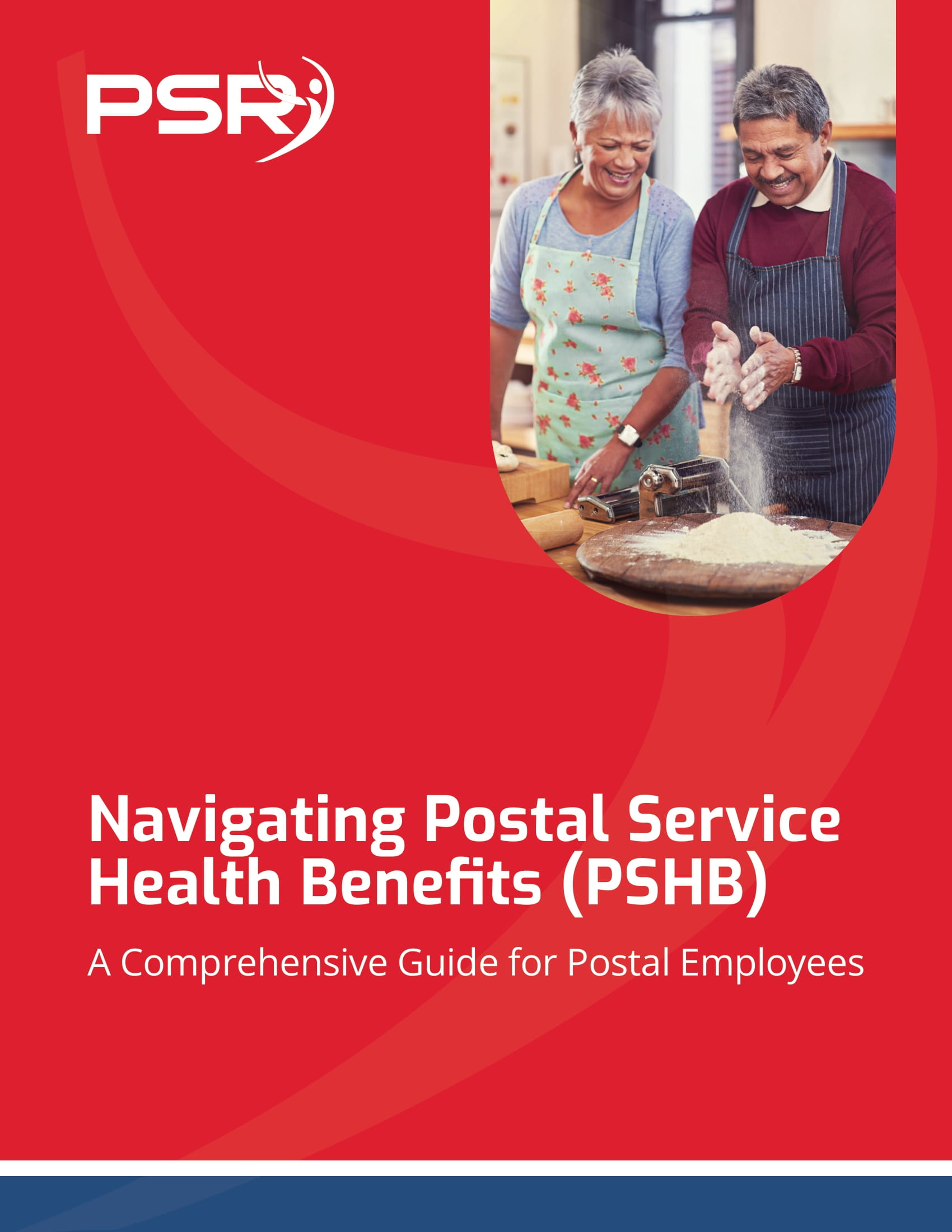Key Takeaways
-
A divorce does not automatically remove your ex-spouse from FEHB; you must take action to update your enrollment. Failing to do so can result in improper payments and loss of future eligibility.
-
Former spouses lose FEHB coverage upon divorce unless they qualify and apply for coverage under Spouse Equity or Temporary Continuation of Coverage (TCC) within strict time limits.
FEHB and Divorce: What You Need to Know
Divorce changes more than your household—it can directly affect your federal health benefits
- Also Read: How Civilian Employees Can Turn Military Time Into a Bigger FERS Pension
- Also Read: Dropping FEGLI Sounds Smart—Until You Realize What It No Longer Covers After Retirement
- Also Read: Hitting 20 Years in Law Enforcement? Here’s What You Can Expect From Your Pension
How FEHB Coverage Works Before and After Divorce
Before a divorce, your spouse can be covered as a family member under your Self Plus One or Self and Family FEHB enrollment. But after a divorce is finalized, your ex-spouse no longer qualifies as a family member and loses eligibility for FEHB coverage. This change doesn’t happen automatically—you must take steps to update your enrollment.
What Happens If You Don’t Remove Your Ex-Spouse?
If you continue to list your former spouse as a dependent after divorce:
-
You are in violation of FEHB rules.
-
You may be required to reimburse the plan for any benefits paid.
-
You could lose your FEHB coverage or face delays in claim processing.
To avoid these issues, you must submit an updated Standard Form 2809 or use your agency’s online system (e.g., BENEFEDS, MyPay) to change your enrollment within 60 days of the divorce.
Coverage Options for a Former Spouse
Once divorced, your ex-spouse cannot remain on your FEHB plan unless they qualify for continued coverage under specific provisions.
Spouse Equity Act Coverage
Under the Spouse Equity Act, a former spouse can enroll in FEHB in their own name if:
-
They were covered as a family member under your FEHB at any point during the marriage.
-
They are entitled to a portion of your federal retirement annuity (or a survivor benefit).
-
They have not remarried before age 55.
-
They apply for coverage within 60 days of the divorce or within 60 days of your retirement, whichever is later.
This coverage is not automatic. Your ex-spouse must apply and pay 100% of the premium plus a 2% administrative fee.
Temporary Continuation of Coverage (TCC)
If your former spouse does not meet the conditions for Spouse Equity, they may be eligible for Temporary Continuation of Coverage:
-
TCC offers up to 36 months of FEHB coverage.
-
Your ex-spouse must apply within 60 days of the divorce.
-
They must pay the full premium plus 2% administrative fee.
TCC is often more expensive than regular FEHB enrollment, as there is no government contribution.
Survivor Benefits and Their Role in FEHB Access
Your election of a survivor benefit can directly affect your former spouse’s future eligibility for FEHB. If your divorce decree awards a survivor annuity to your ex-spouse, and you elect it at retirement, they may qualify for FEHB under Spouse Equity for life (as long as other conditions are met).
If no survivor annuity is awarded or you don’t elect it, your former spouse’s access to FEHB ends entirely once TCC coverage expires.
Why Court Orders Matter More Than You Think
The Office of Personnel Management (OPM) enforces divorce-related FEHB provisions based on the language in your court order. If the divorce decree doesn’t clearly address health benefits or survivor benefits, your former spouse may have no legal basis to seek coverage.
Ensure that your divorce attorney understands the specifics of federal benefits and includes:
-
Whether a survivor annuity is awarded
-
Who pays for FEHB coverage
-
Deadlines for electing coverage
OPM does not interpret vague or omitted provisions in your favor—if it’s not in writing, it doesn’t exist.
Common Mistakes That Can Lead to Coverage Gaps
Not Updating Your Enrollment On Time
You have 60 days from the final divorce decree to change your FEHB enrollment. If you miss this deadline, you could be locked into an inappropriate coverage level and responsible for reimbursing improper claims.
Assuming FEHB Covers Your Ex-Spouse Forever
Even if you continue paying premiums, your former spouse is not legally covered under FEHB after divorce unless they meet TCC or Spouse Equity requirements. Coverage is based on eligibility, not payment.
Overlooking Survivor Benefits in Retirement Elections
If you’re retiring soon, your election of survivor benefits determines if your ex-spouse qualifies for continued FEHB under Spouse Equity. Without this step, they lose long-term access—even if your divorce decree awarded benefits.
Believing Medicare Replaces FEHB for a Former Spouse
Medicare eligibility does not automatically fill the gap left by FEHB. Many former spouses are under 65 and not yet eligible for Medicare when divorce occurs. Even if they are eligible, Medicare alone rarely provides the same level of coverage as FEHB.
Special Considerations for Retirees
If you’re already retired, your ability to adjust survivor benefits and FEHB enrollment becomes more limited. You may only change survivor elections in very specific scenarios, and those changes may require additional documentation or approval from OPM.
Make sure you coordinate any retirement-related decisions—like electing a reduced annuity or adjusting health coverage—with the outcome of your divorce decree.
FEHB Coverage for Children After Divorce
FEHB coverage for dependent children continues unaffected after divorce, provided they are:
-
Under age 26
-
Unmarried
Children remain eligible under Self Plus One or Self and Family coverage. However, custody arrangements and responsibility for premium payments may be clarified in the divorce agreement.
If your ex-spouse is awarded custody, but you remain the FEHB enrollee, the children can still be covered under your plan. But your former spouse must work with you to ensure claims and coordination of benefits are handled properly.
What to Do If You’re Divorcing in 2025
To ensure you retain or provide FEHB access legally and efficiently:
-
Notify your HR or retirement office immediately once your divorce is finalized.
-
Submit SF-2809 or update your FEHB enrollment online within 60 days.
-
Coordinate with your divorce attorney to include FEHB and survivor benefit language in the court order.
-
Inform your ex-spouse of their rights under TCC or Spouse Equity.
-
Contact OPM for any additional documentation required to process these elections.
Your Long-Term Planning Depends on Getting This Right
Health coverage is often one of the most valuable benefits in retirement—and also one of the easiest to lose due to administrative errors during a divorce. Whether you’re mid-career or already retired, you can’t afford to make assumptions about FEHB rules.
If you’re facing divorce or reviewing your retirement benefits, speak with a licensed professional listed on this website to ensure your elections and documents match your intentions.









